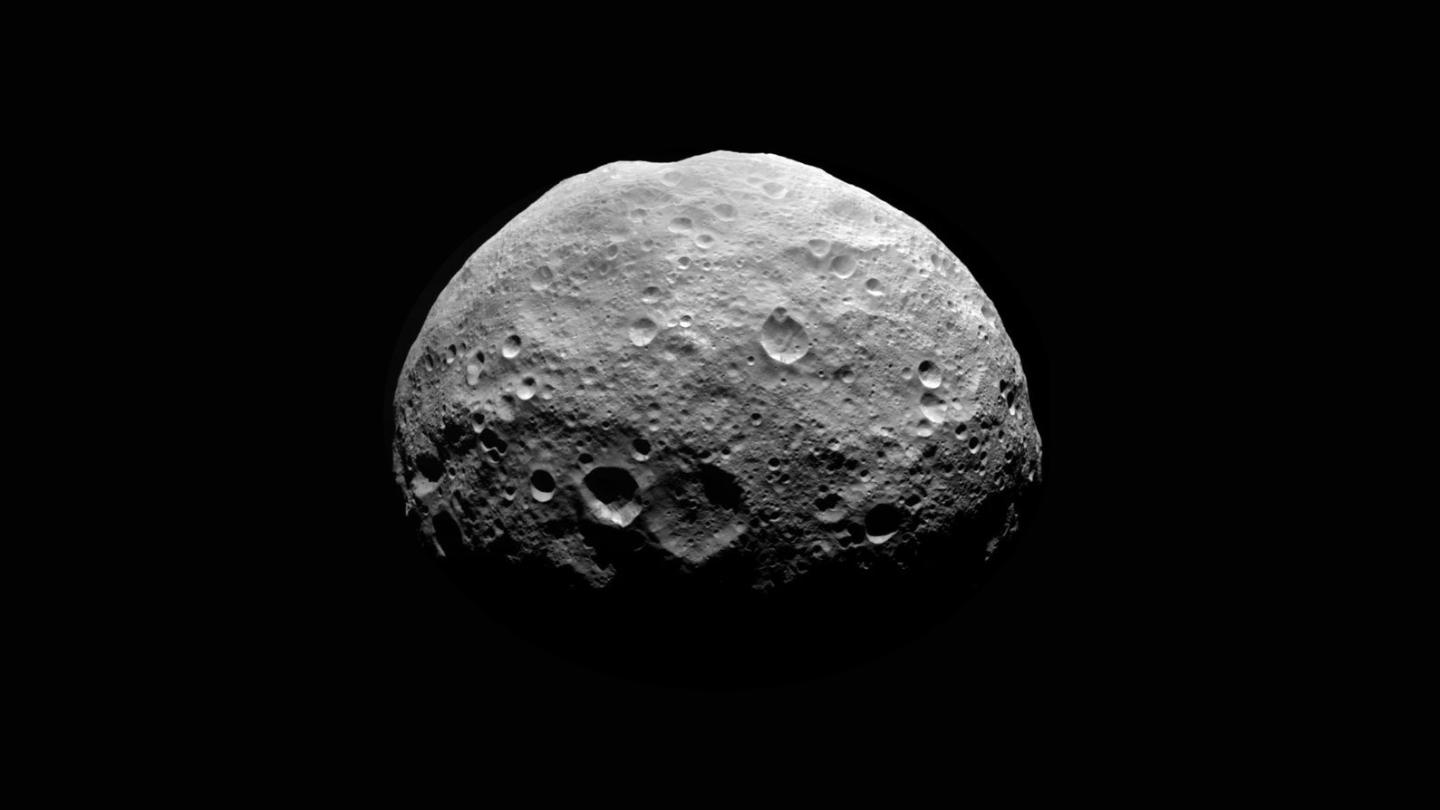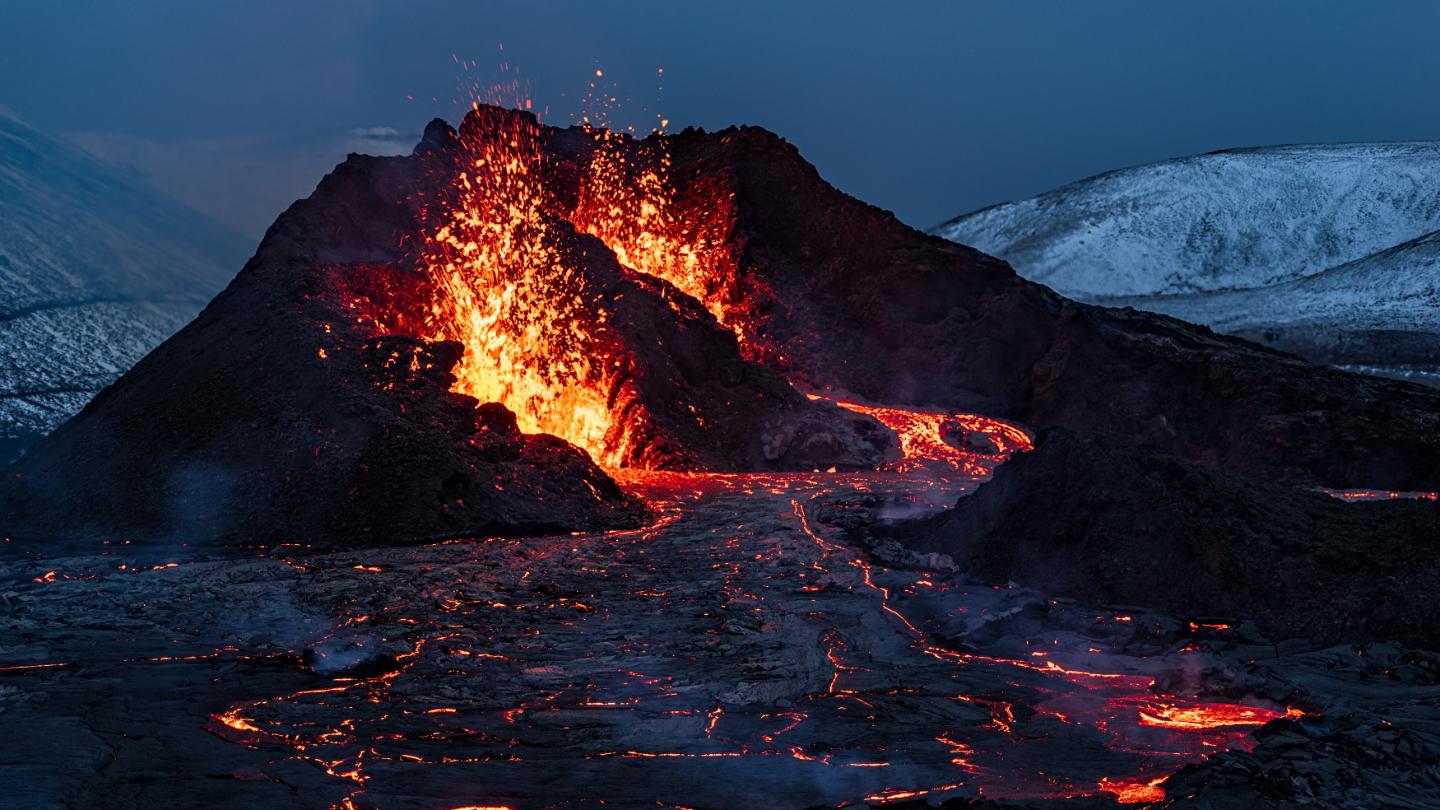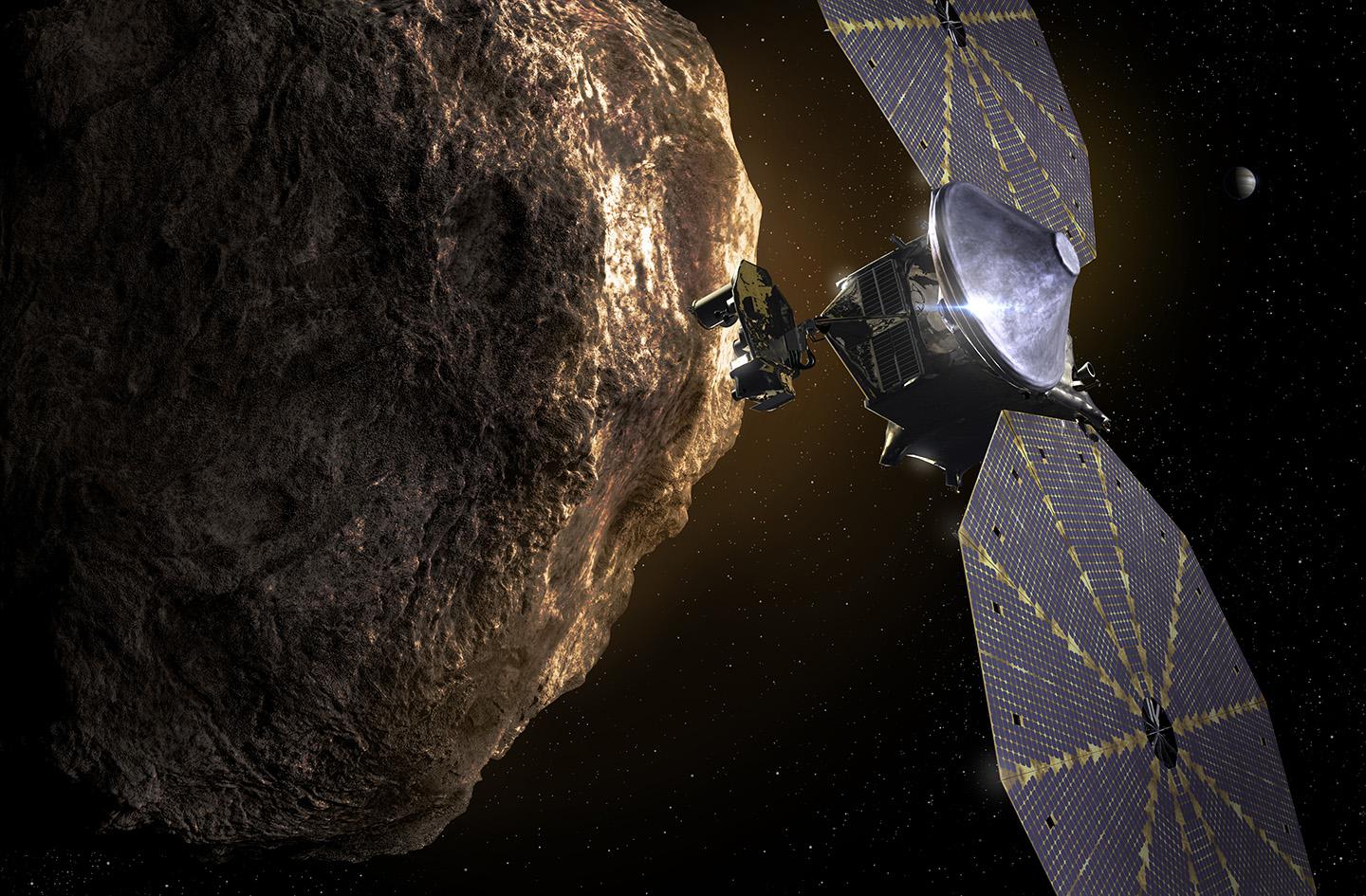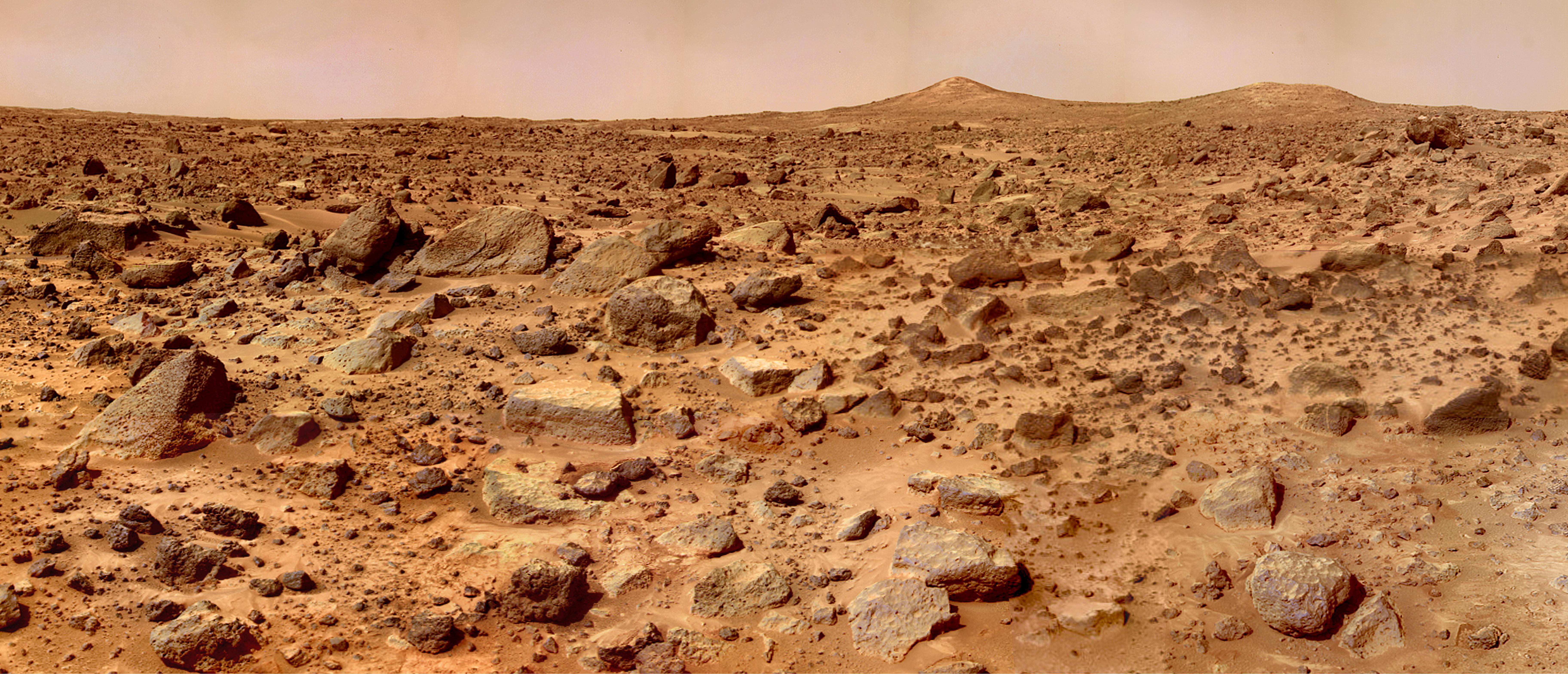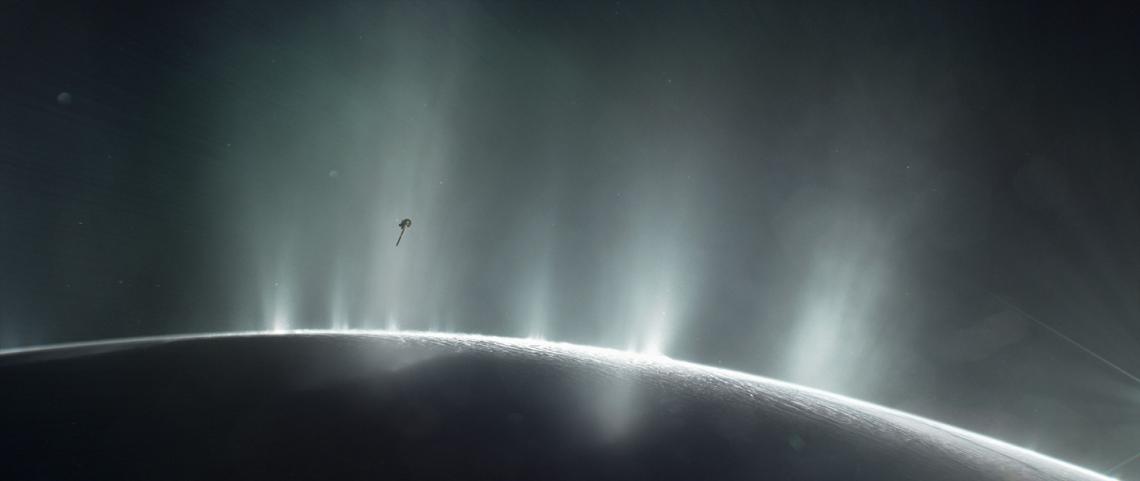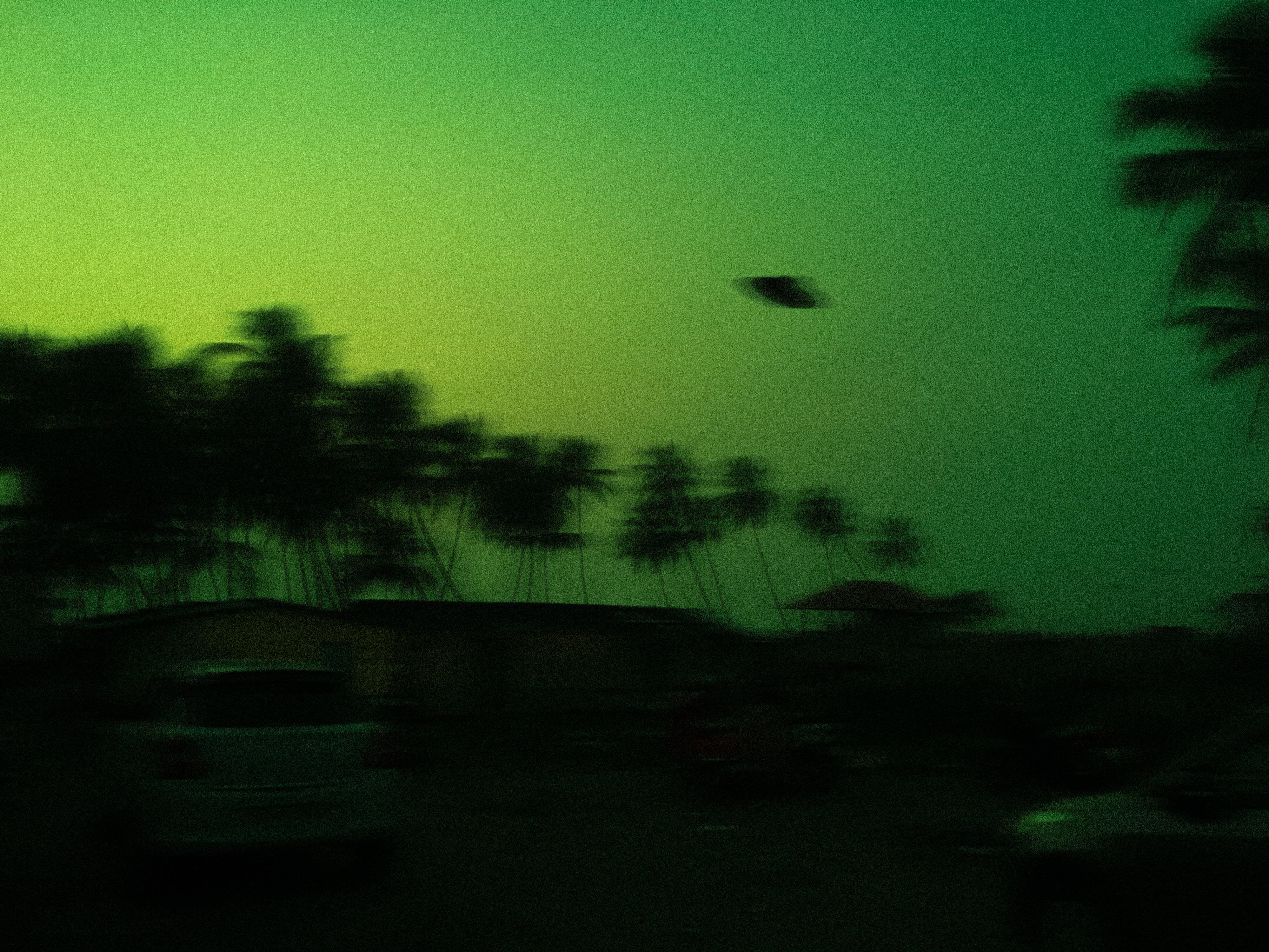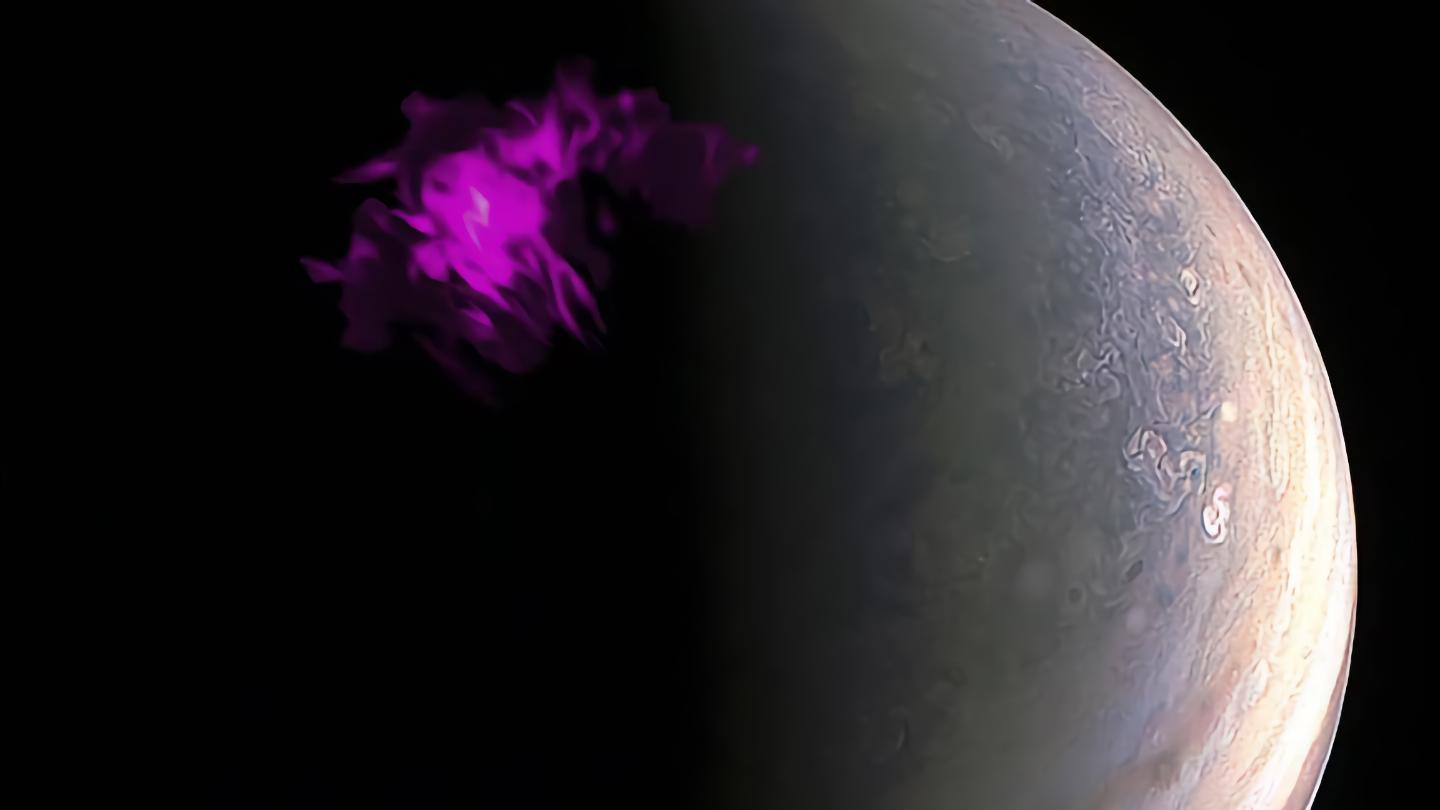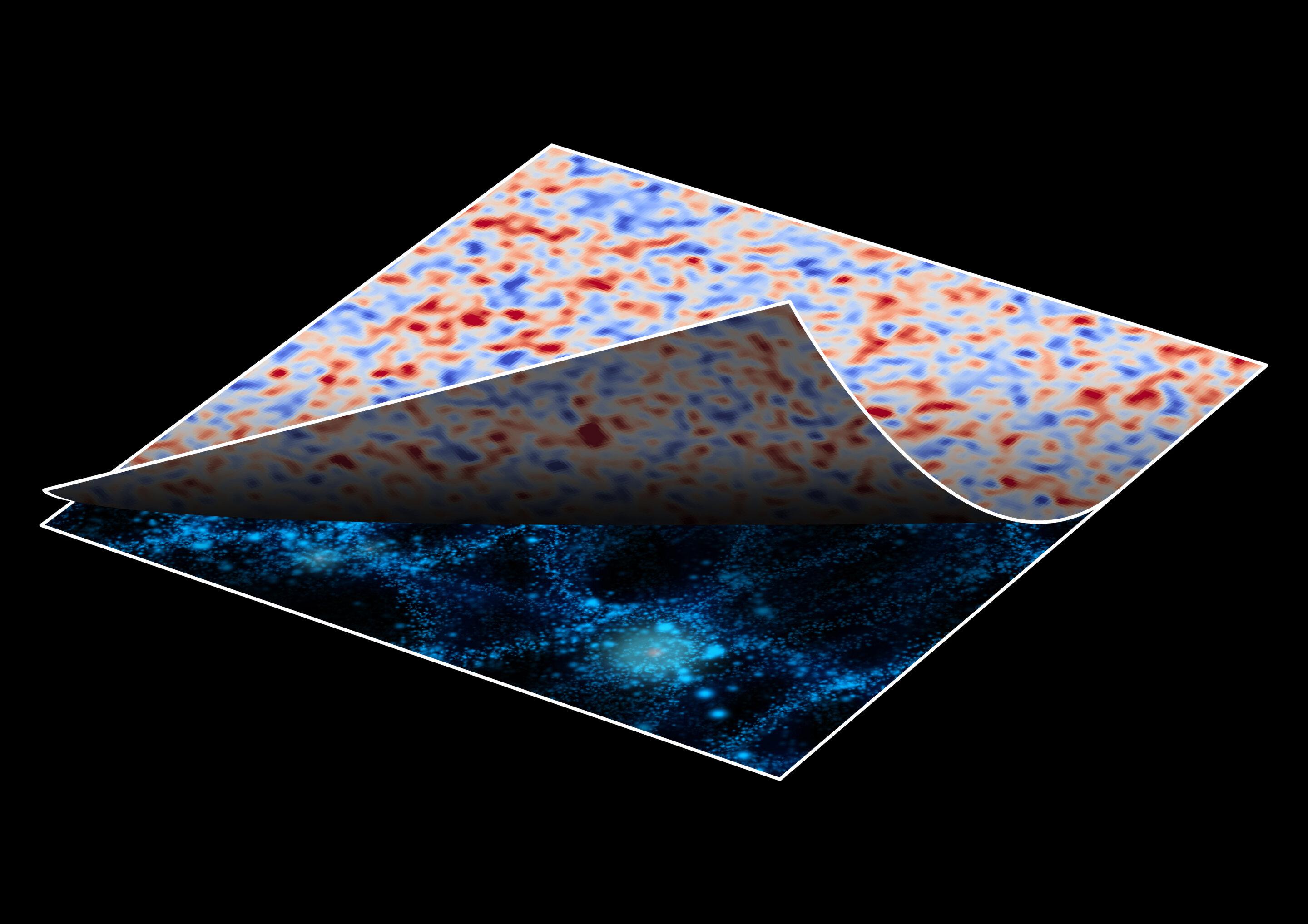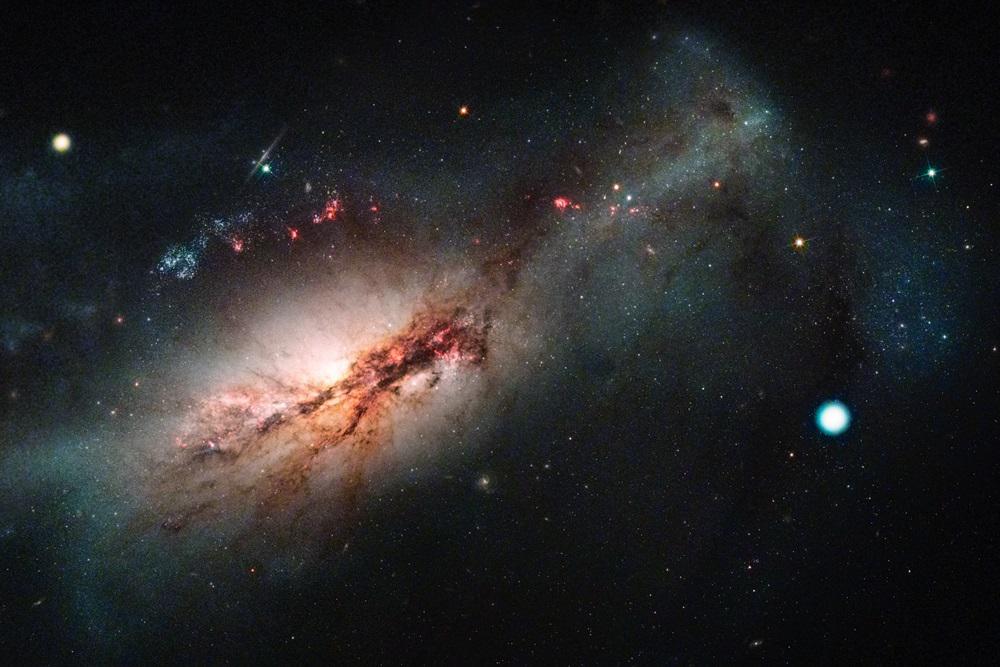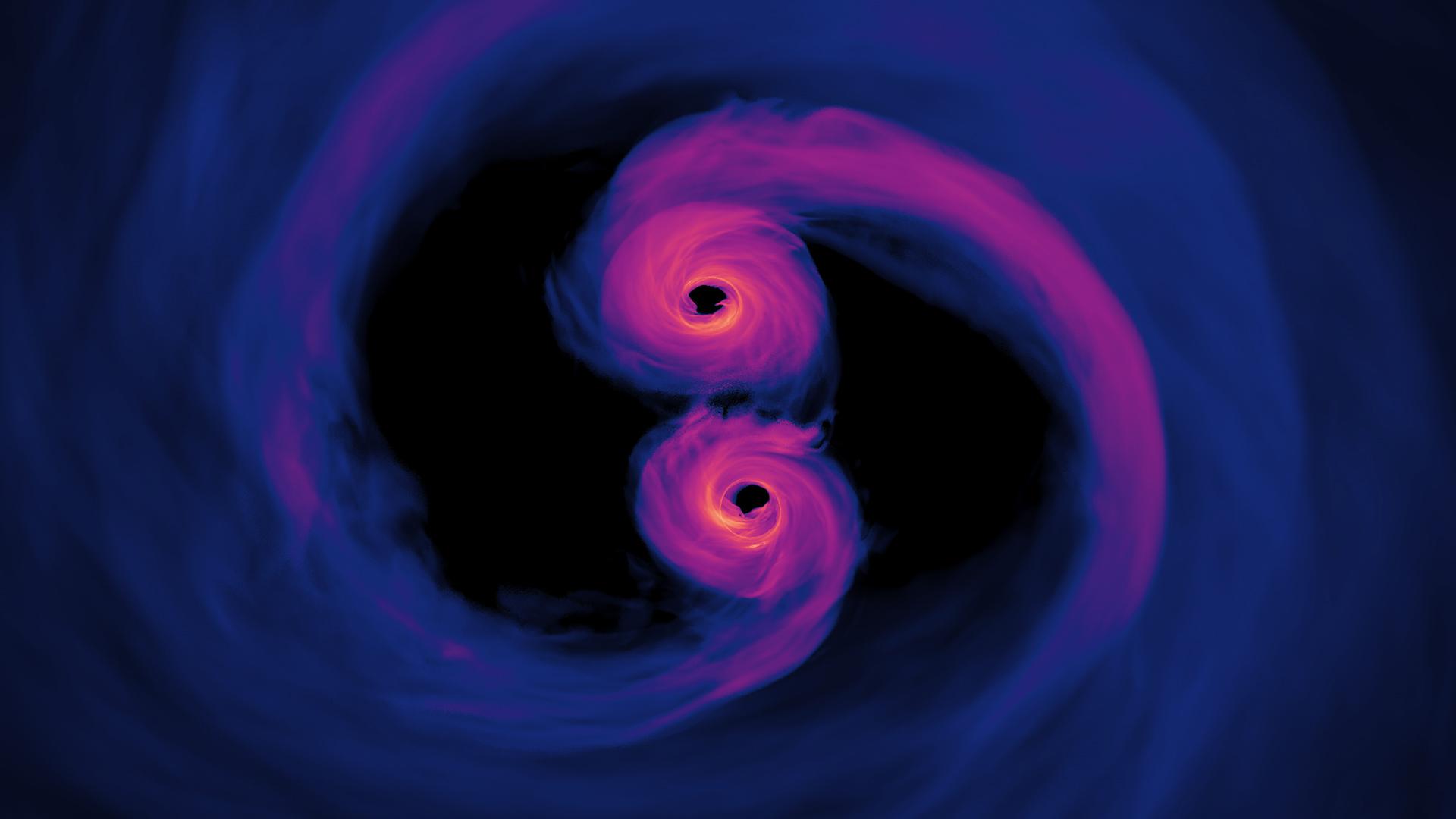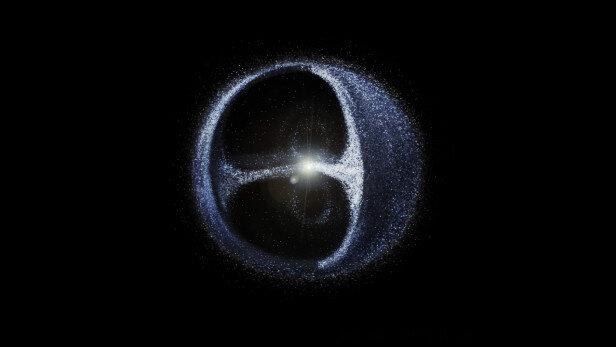nasa
NASA’s Michelle Thaller explains what happens when the densest stars in the galaxy collide.
▸
5 min
—
with
How did the troughs form?
Scientists track down a puzzling early burst of oxygen on Earth.
NASA will use energy from Earth’s gravity to launch the Lucy spacecraft in October of this year.
We are likely to see the first humans walk on Mars this decade.
Scientists do not know what is causing the overabundance of the gas.
A new government report describes 144 sightings of unidentified aerial phenomena.
Jupiter’s mysterious auroral events are caused by vibrating waves of plasma.
A new artificial intelligence method removes the effect of gravity on cosmic images, showing the real shapes of distant galaxies.
Astronomers find a third type of supernova and explain a mystery from 1054 AD.
An analysis of the gravitational wave data from black hole mergers show that the event horizon area, and entropy, always increases.
Tiny specks of space debris can move faster than bullets and cause way more damage. Cleaning it up is imperative.
▸
6 min
—
with
Astronomers possibly solve the mystery of how the enormous Oort cloud, with over 100 billion comet-like objects, was formed.
The helicopter’s sixth mission almost went down in disaster.
Determining if the universe is infinite pushes the limits of our knowledge.
A new AI-generated map of dark matter shows previously undiscovered filamentary structures connecting galaxies.
Since 1957, the world’s space agencies have been polluting the space above us with countless pieces of junk, threatening our technological infrastructure and ability to venture deeper into space.
A new paper reveals that the Voyager 1 spacecraft detected a constant hum coming from outside our Solar System.
Scientists have long puzzled over how Mars, a cold and dry planet, was once warm enough to support liquid water.
The research suggests that roughly 1 percent of galaxy clusters look atypical and can be easily misidentified.
The EmDrive turns out to be the “um…” drive after all, as a new study dubs any previous encouraging EmDrive results “false positives.”
When we look at the night sky, we may see junk instead of stars.
Humans are more likely to have “first contact” with an advanced alien civilization, according to a recent NASA-funded paper.
Sound waves behave quite differently on Mars than on Earth.
The discovery could help astronauts find better ways to grow food in space.
The results could help NASA’s Perseverance rover find evidence of ancient life on Mars.
A unique star system where exoplanets orbit their star backwards located by researchers.
One galaxy may have eaten one of its slightly smaller, more primitive neighbors.
The UAE is the first Arab nation to send a spacecraft to the Red Planet.
Get the answer from two physicists who study black holes (albeit from a safe distance).

